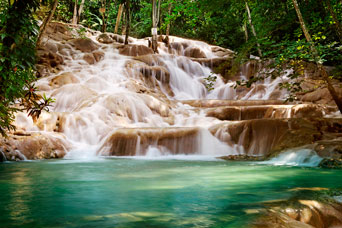1.1 The river basin
All water collected in a river basin eventually ends up in the same river. Downstream the river flows smoothly; there is a strong overall current, clearly moving in a certain direction. The pull of gravity and the lie of the land (influenced over time by the river itself) determine the path the river takes. Someone standing on the riverbank, watching this smooth-flowing mass of water, is like a customer, client or service-user, observing the graceful confidence of a highly effective team.
But beneath the surface of the river, the situation is very different. There are eddies and counter-currents, large obstacles and detritus that the water washes over and conceals. The overall effect may be one of inevitability but on a smaller scale this is not the case. Similarly, what those beyond the team see can be quite different from the experience of the team members. There are huge, overarching physical forces shaping the course of the river – pulling the water together.
Activity 1
What are the major ‘forces’ driving your team and its direction? Are you all, ultimately, travelling together?

To extend the metaphor a little further, think about what’s happening upstream. Water is gathered across a large area, rivulets spring up in very different places and meander along; they do their own thing for a while before converging. Where they meet there can be turbulence. Upstream, there will be sections of white-water, rapids and waterfalls. As with teams, the downstream observer doesn’t witness the upstream drama: the diverse rough inputs that produce a smooth output. Your team draws on very different people, used to acting in their own ways.
How much turbulence might we expect before a team is seen to be travelling together? In fluid dynamics, turbulence dissipates energy that might otherwise be put to good use. In teams, a degree of conflict on the journey together might – as you will see in this course – actually help.
